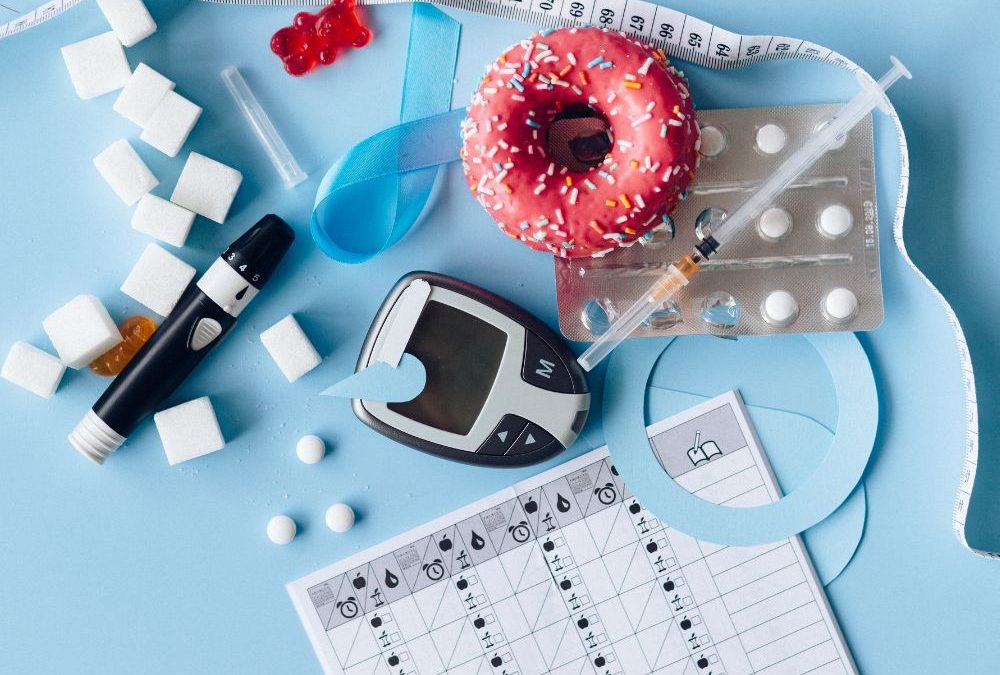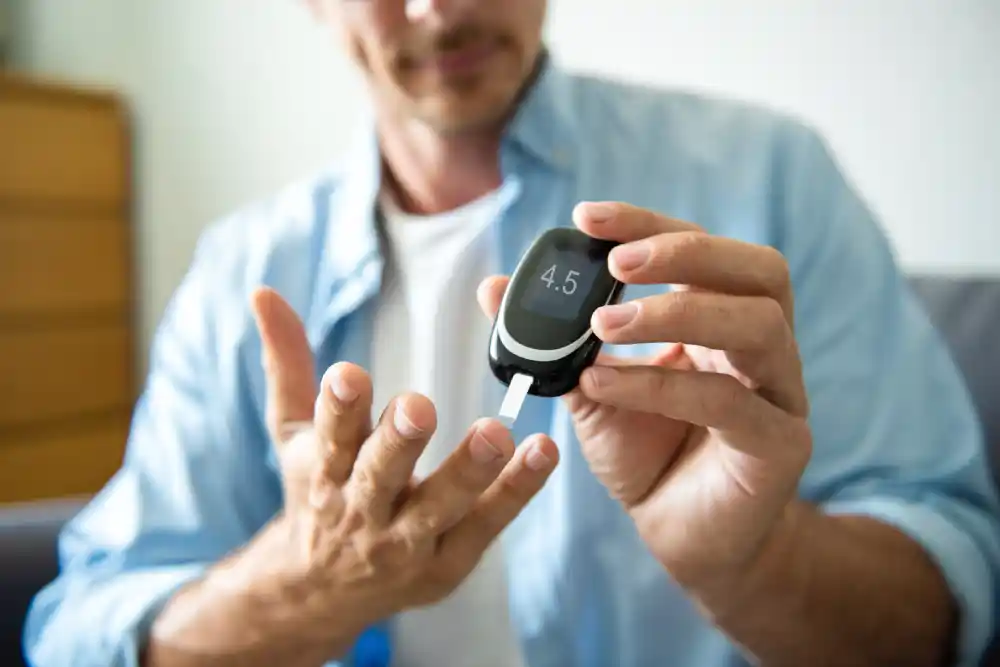Exploring the Different Types of Type 1 Diabetes
Type 1 diabetes is a chronic condition that affects millions of people worldwide. While it is often seen as a singular disease, there are actually different types of type 1 diabetes, each with its unique characteristics and implications. In this comprehensive guide, we’ll delve into the various types of type 1 diabetes, shedding light on their causes, symptoms, and management strategies.
Understanding Type 1 Diabetes
Before we dive into the different types of type 1 diabetes, it’s crucial to have a basic understanding of the condition itself. Type 1 diabetes is an autoimmune disease that occurs when the immune system mistakenly attacks and destroys the insulin-producing beta cells in the pancreas. This leads to a deficiency of insulin, a hormone that regulates blood sugar levels.
Without insulin, glucose cannot enter cells to provide energy, resulting in elevated blood sugar levels. People with type 1 diabetes must rely on insulin injections or an insulin pump to manage their blood sugar levels and stay healthy.
Types of Type 1 Diabetes
Classic Type 1 Diabetes
Classic type 1 diabetes, also known as Type 1a diabetes, is the most common form of the disease. It typically develops during childhood or adolescence but can occur at any age. The exact cause is not fully understood, but it is believed to be triggered by a combination of genetic and environmental factors.
Symptoms: Frequent urination, excessive thirst, unexplained weight loss, fatigue, and blurred vision are common symptoms of classic type 1 diabetes.
Type 1b Diabetes (Idiopathic Diabetes)
Type 1b diabetes, also known as idiopathic diabetes, is a rare and less understood form of type 1 diabetes. This type usually develops in adulthood and has no apparent autoimmune cause, making it distinct from classic type 1 diabetes.
Symptoms: The symptoms of Type 1b diabetes are similar to those of classic type 1 diabetes and may include increased thirst and urination, fatigue, and weight loss.
Fulminant Type 1 Diabetes
Fulminant type 1 diabetes is an even rarer and more aggressive form of the disease. It often presents suddenly and progresses rapidly. This type is primarily observed in Asian populations and is characterized by severe beta cell destruction.
Symptoms: The symptoms of fulminant type 1 diabetes are severe and may include high fever, abdominal pain, and a general feeling of unwellness.
Latent Autoimmune Diabetes in Adults (LADA)
LADA is sometimes referred to as “type 1.5 diabetes” because it shares characteristics with both type 1 and type 2 diabetes. Unlike classic type 1 diabetes, LADA develops in adulthood, typically after the age of 30. It is often misdiagnosed as type 2 diabetes initially due to its gradual onset.
Symptoms: LADA symptoms include increased thirst, frequent urination, and fatigue, much like classic type 1 diabetes.
- Secondary Diabetes
Secondary diabetes occurs as a result of another medical condition or a specific medication’s side effect. Although it is not a traditional type of type 1 diabetes, it can have similar symptoms. - Causes: Secondary diabetes can be caused by diseases like cystic fibrosis or hemochromatosis, or it can result from the use of certain medications, such as corticosteroids.
Diagnosis and Management
Regardless of the type of type 1 diabetes, the initial diagnosis typically involves blood tests to measure blood sugar levels and the presence of autoantibodies. Once diagnosed, management strategies usually include insulin therapy, blood glucose monitoring, and lifestyle modifications.
The type and amount of insulin required may vary among individuals and can depend on the type of type 1 diabetes. For example, people with classic type 1 diabetes often require lifelong insulin therapy, while those with LADA may be initially managed with oral medications before transitioning to insulin.
Lifestyle modifications, including a balanced diet, regular exercise, and stress management, play a crucial role in diabetes management. In the case of secondary diabetes, addressing the underlying condition or medication may help control blood sugar levels.
Advances in Research and Treatment
Research into type 1 diabetes is ongoing, and significant progress has been made in understanding its various forms and developing better treatment options. Some promising areas of research and treatment include:
- Immunotherapy: Scientists are exploring immunotherapy options to suppress the autoimmune response in type 1 diabetes. These treatments aim to preserve or restore beta cell function.
- Artificial Pancreas: Continuous glucose monitoring combined with insulin pumps is paving the way for artificial pancreas systems that can automatically adjust insulin delivery based on real-time glucose levels.
- Stem Cell Therapy: Research into regenerative medicine and stem cell therapy is exploring the potential to replace damaged or destroyed beta cells in type 1 diabetes.
- Precision Medicine: Advances in genetics and personalized medicine are helping tailor treatment plans to an individual’s specific type of type 1 diabetes.
Conclusion
Type 1 diabetes is not a one-size-fits-all condition. There are various types of type 1 diabetes, each with distinct characteristics and causes. Understanding the differences is essential for accurate diagnosis and effective management. While there is currently no cure for type 1 diabetes, ongoing research holds promise for improved treatment options and, ultimately, a better quality of life for those living with this condition.
In conclusion, if you or someone you know is living with type 1 diabetes, it’s important to work closely with healthcare professionals to identify the specific type and develop a personalized management plan.
References:
- American Diabetes Association. (n.d.). Type 1 Diabetes. https://www.diabetes.org
- Leslie, R. D. G., & Atkinson, M. A. (2016). Type 1 diabetes. The Lancet, 388(10062), 546-557.
- Tuomi, T., & Groop, L. C. (2012). Zimmet P, Alberti KG, Shaw JE. Main R. Harris. Nature, 491(7424), 57.
- Battelino, T., Danne, T., Bergenstal, R. M., Amiel, S. A., Beck, R., Biester, T., … & Cohen, N. (2019). Clinical targets for continuous glucose monitoring data interpretation: recommendations from the International Consensus on Time in Range. Diabetes Care, 42(8), 1593-1603.











